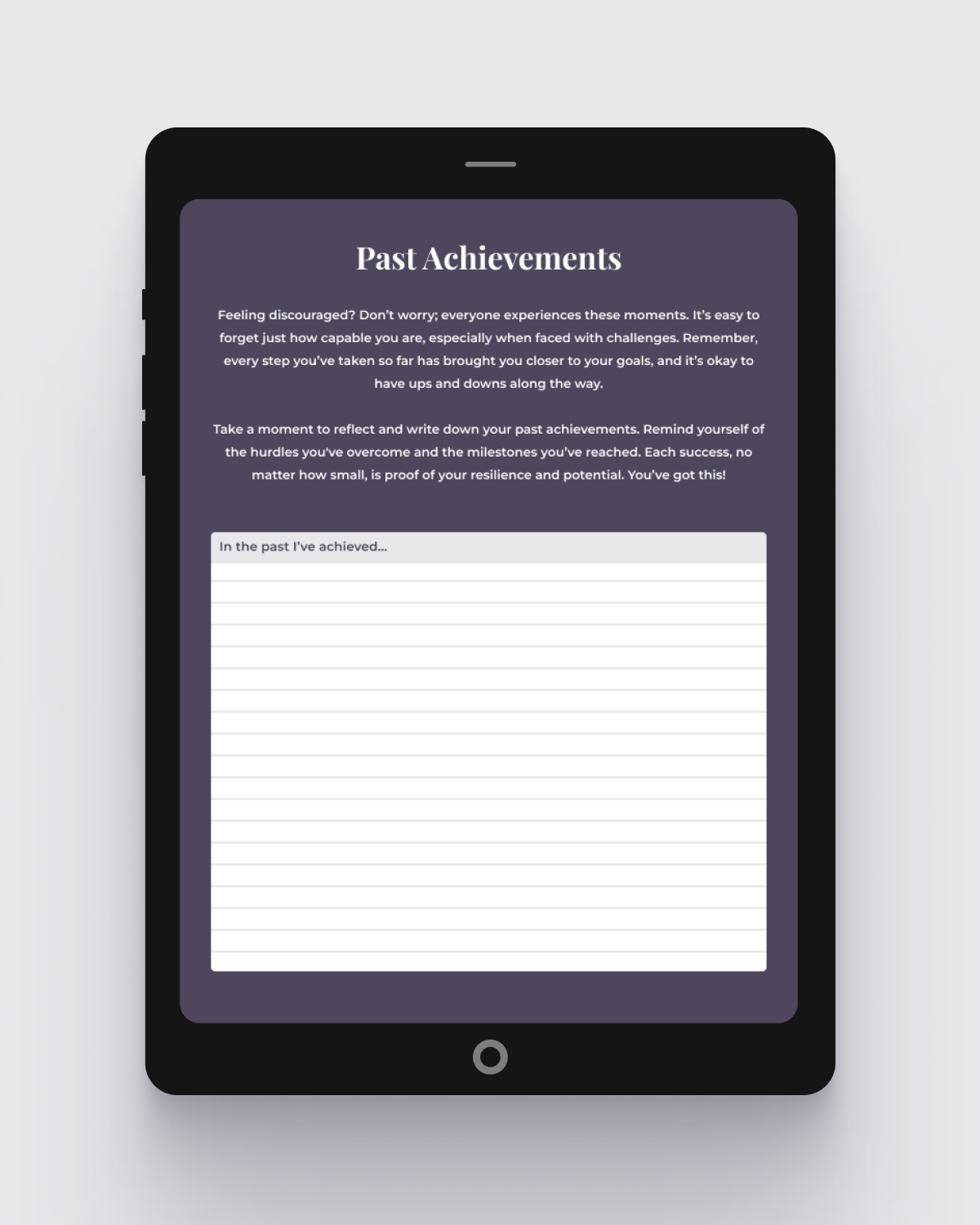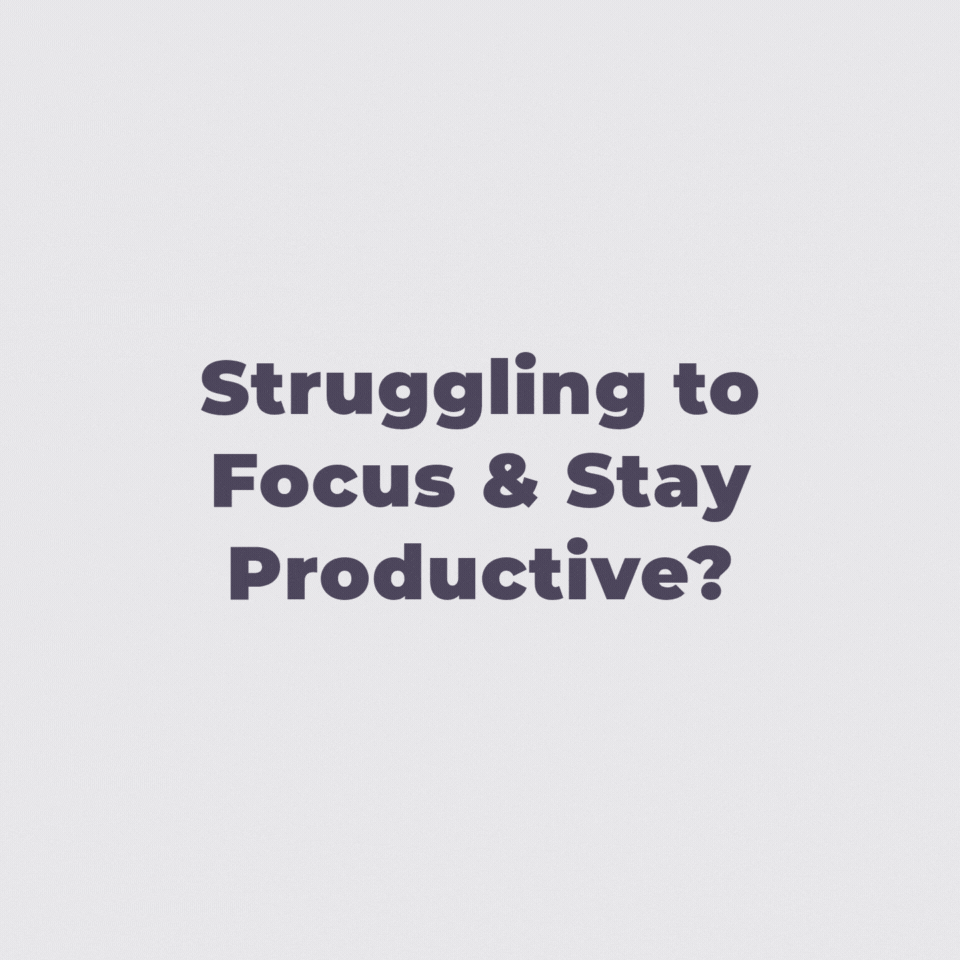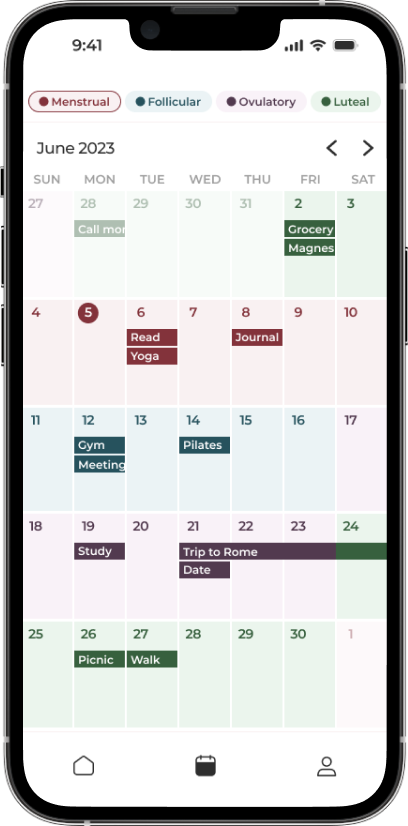Healing Abandonment Wounds Through Emotional Permanence

For many of us, the journey toward healing abandonment wounds can feel like a maze of emotions, fears, and doubts. Let’s explore emotional permanence, how it contrasts with object permanence, and the steps you can take to cultivate it in your own life.
Understanding Emotional Permanence
To grasp emotional permanence, it’s essential to first understand object permanence. Think back to your childhood—imagine yourself as a curious baby, playing peek-a-boo. In those moments, the joy and surprise of seeing someone reappear stemmed from a lack of understanding that they still exist, even when out of sight. As we grow, we develop object permanence, recognizing that things still exist even when we can’t see them.
Emotional permanence is the emotional equivalent of this developmental milestone. It means trusting that someone’s feelings toward you exist, even in their absence or during times of silence. If you grew up with an inconsistent emotional caregiver, this vital skill might not have been cultivated, leaving you with feelings of anxiety and insecurity in relationships.
Self-Improvement for High Achievers Group on Telegram
Get daily insights, support, and discussions to improve your leadership skills, mindset, work/life balance, time and energy management, as well as overcoming perfectionism, self-doubt, limiting beliefs, and more...
Join groupThe Impact of Low Emotional Permanence
When you lack emotional permanence, your relationships can become fraught with doubt and uncertainty. You may find yourself experiencing:
- Anxiety about Relationships: You might constantly question whether a partner, friend, or family member truly cares about you, especially during periods of distance or silence.
- Overreactions to Small Changes: Even minor shifts in communication, like a change in tone or a delayed response, can trigger feelings of abandonment.
- Rumination and Reassurance-Seeking: The need for constant reassurance can become overwhelming, leading you to seek validation from others to alleviate your fears.
- Self-Sabotage: The fear of being abandoned might drive you to push people away, leading to the very outcomes you fear.
Strategies for Cultivating Emotional Permanence
While recognizing these patterns can be daunting, there are strategies you can implement to foster emotional permanence in your life:
- Self-Regulation Techniques: Learning to calm your nervous system is crucial. Techniques such as breathwork, journaling, meditation, or simply going for a walk can help ground you during moments of anxiety.
- Co-Regulation: Actively communicating your needs with friends, family, or a therapist is essential. You might say, “Hey, I noticed your texts were short, and I felt a bit anxious about it. Can we talk about it?” This open dialogue can help build trust and mutual understanding.
- Building Resilience: Accept that abandonment can happen, but remind yourself that it will be okay. Developing a positive relationship with yourself is vital, emphasizing that your worth does not depend on others’ opinions. You have the ability to cope with setbacks and emerge stronger.
Quiz: What Is Blocking Your Success?
This quick quiz will help you figure out which mental or behavioral pattern might be holding you back from achieving your full potential. Identifying your specific success blocker is the first step toward breaking through to new levels of achievement and fulfillment.
Read each question and choose the answer that feels most true to your situation.
No email or payment is required to complete the quiz and receive your personalized insights.
Once you have your primary success blocker, you have clarity about what’s been holding you back. This awareness is powerful—many people spend years struggling without understanding the specific pattern that’s limiting their progress.
Remember, these patterns aren’t permanent character traits but rather habitual ways of thinking and behaving that can be changed with the right guidance and practice.
If you’re ready to break through your specific blocker and achieve the success you know you’re capable of, send me an email to try out a coaching session. Your breakthrough awaits!

Check out the Vision to Action Digital Planner PDF for only 5$
More infoHow a Life Coach Can Support You in Cultivating Emotional Permanence
Navigating the journey toward emotional permanence can be complex, but a life coach can provide invaluable support in several ways:
- Personalized Strategies: A life coach can help you identify the specific strategies that resonate with you. They can guide you in implementing self-regulation techniques tailored to your lifestyle, ensuring you have the tools needed to cope with anxiety and uncertainty.
- Accountability and Motivation: Having someone to hold you accountable for your progress can significantly boost your motivation. A life coach can check in with you regularly, encouraging you to stay committed to your self-improvement journey and reinforcing the positive changes you’re making.
- Navigating Emotional Triggers: A life coach can help you identify triggers that lead to feelings of abandonment and anxiety. Together, you can create action plans to address these triggers, fostering healthier responses in your relationships.
- Improving Communication Skills: Learning to communicate your needs effectively is a crucial part of developing emotional permanence. A life coach can teach you assertive communication techniques, helping you express your feelings and needs openly without fear.
Healing from abandonment wounds is a journey that requires patience and dedication. By understanding emotional permanence and implementing strategies to cultivate it, you can transform your relationships and enhance your emotional well-being. With my guidance, you’ll have the support and tools necessary to navigate this transformative process, allowing you to build stronger, healthier connections and a deeper sense of self-worth. Remember, the path to emotional permanence is a practice, but it’s one that can lead to profound personal growth and fulfillment.
Hire me as your life coach
Let's startRecent posts
-
How to Create Your Morning Routine (+ Routines from Wellness Experts)
Read blog -
What Is the Root of Procrastination?
Read blog -
What Are Career Goals? (With Examples)
Read blog -
How To Start Decluttering When Overwhelmed?
Read blog -
10 Use Cases for Notebook LLM for Personal Growth
Read blog -
Can ChatGPT Help Me Find Out What I Really Want in Life?
Read blog

The App Made To Sync Your Lifestyle to Your Menstrual Cycle.
A solution for women who are looking to keep track of what they sync to their cycles, such as fitness, diet, etc. by adding it to a calendar that also predict their phases.
Learn more





Comment